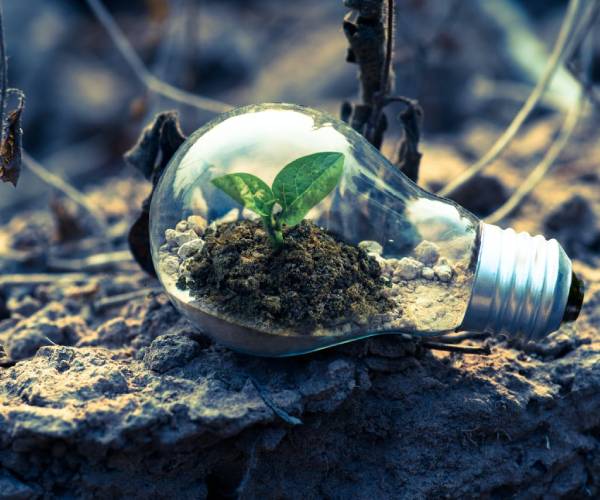- +91-9876543210 Call Us Now
- info@mgsenviron.com Drop Us a Line
Waste To Energy
Most people think that renewable energy is limited up to wind, solar or hydroelectric. Another comparatively economic alternate source of generating electricity created every day by each of us is ‘ waste ‘.
Waste-to-Energy is the process of recovering energy by incineration of this waste. While it completely addresses the issue of disposal of enormous quantities of waste generated in metro and tier-II cities, the process produces valuable energy in the form of electricity which again supplements the energy demands of the city.

MGS Environ Pvt. Ltd. provides consultancy and equipment for Waste to Energy Projects:
Energy recovery from waste is the conversion of non-recyclable waste materials into useable heat, electricity, or fuel through a variety of processes, including combustion, gasification, anaerobic digestion, and landfill gas (LFG) recovery. This process is often called waste-to-energy (WTE).
Energy recovery from waste is part of the non-hazardous waste management hierarchy. Converting non-recyclable waste materials into electricity and heat generates a renewable energy source and reduces carbon emissions by offsetting the need for energy from fossil sources and reduces methane generation from landfills. It also reduces greenhouse emissions.
Our Waste-to-Energy plants are highly efficient power plants that utilize municipal solid waste as their fuel rather than coal, oil, or natural gas. Far better than expending energy to explore, recover, process, and transport the fuel from some distant source, Waste-to-Energy plants find value in what others consider garbage.
Our Waste-to-Energy plants burn household and similar waste that remains after waste prevention and recycling. From this waste, the plants generate energy. This can be in the form of steam, electricity, or hot water. The electricity is fed into the grid and distributed to the end-users, the hot water, depending on local infrastructure can be sent to a nearby district heating (or cooling) network to heat (or cool) homes, hospitals, offices, etc., and the steam can be used by the nearby industry in their production processes.
Waste-to-Energy is a hygienic method of treating waste, reducing its volume by about 90%. In a Waste-to-Energy plant apart from the waste itself, no additional fuel is needed to maintain the combustion process. Additional fuel is only used for the start-up and shut down phases.
Waste-to-Energy meets the two basic criteria for establishing what a renewable energy resource is. Its fuel source (trash) is sustainable and indigenous. Our waste-to-energy facilities recover valuable energy from the trash.
Non-Hazardous Waste Management Hierarchy:
Like one hat does not fit all, no single waste management approach can be suitable for managing all streams of waste. We have therefore drawn hierarchy, ranking the most environmentally sound strategies for municipal solid waste has been developed:
Source Reduction and Reuse:
It is said that ‘ Prevention is better than Cure ‘. It is therefore imperative that each of us relates oneself in a true sense to reduce the generation of waste. Source reduction, also known as waste prevention simply means reducing waste at the source. Source reduction helps achieve the following:
- Saving natural resources;
- Conservation of energy;
- Reducing pollution;
- Reducing toxicity of our waste
We at MGS Environ Pvt. Ltd. strongly advocate this philosophy and suggest ways and techniques for the reduction of waste generation at the source.
WhatsApp us

